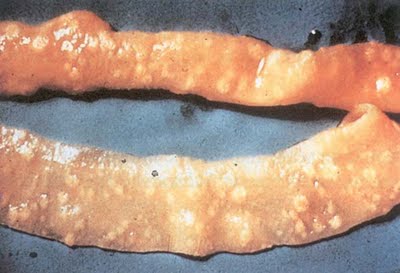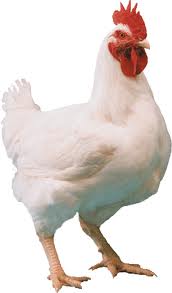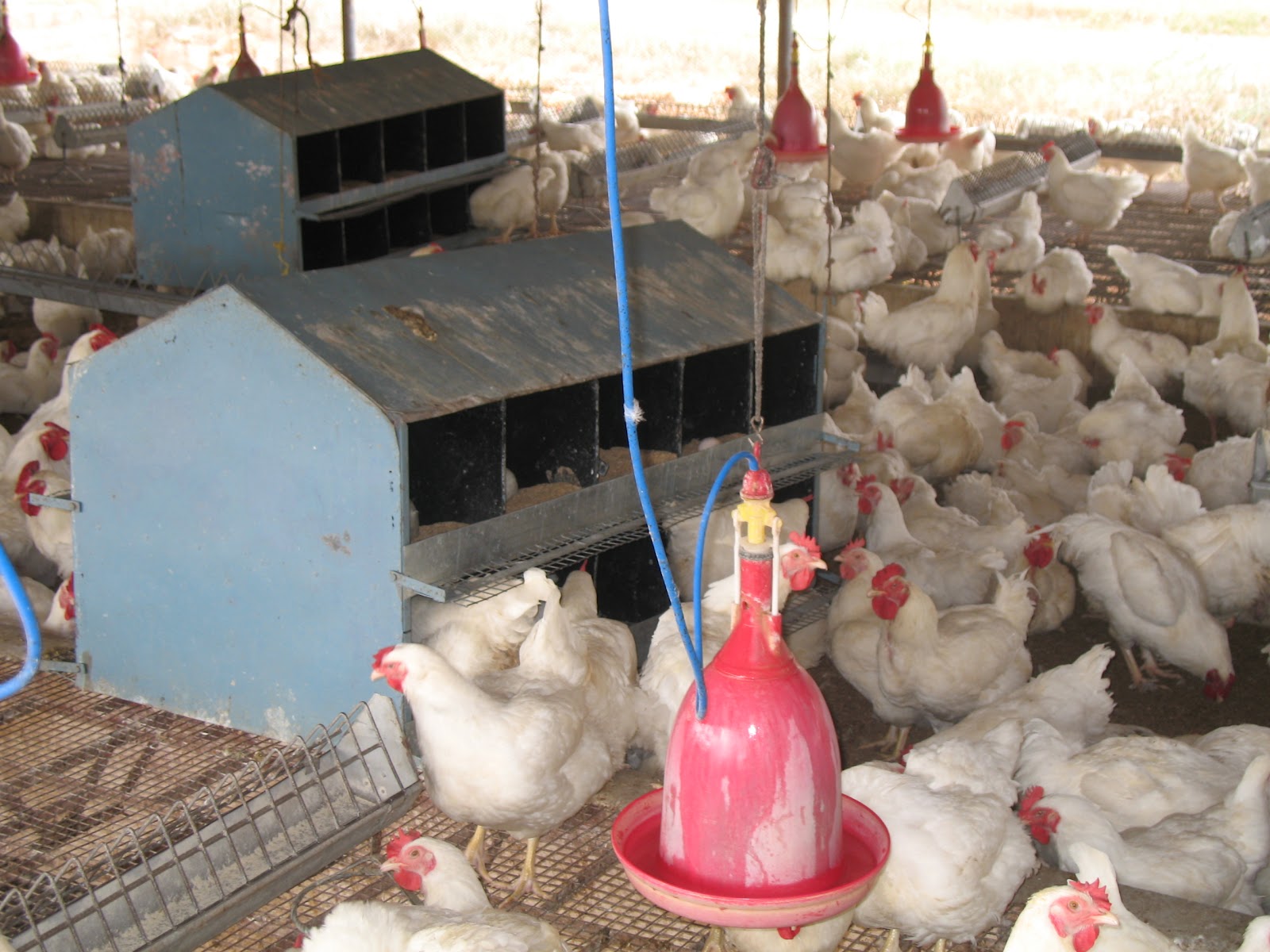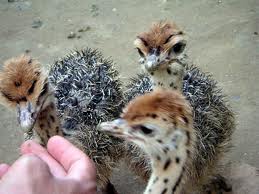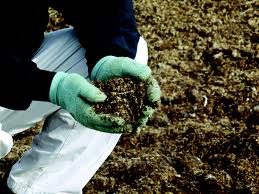The nutrition value of poultry is best preserved through the proper and careful management of litter. Furthermore, it is also useful for preventing the surface and the surrounding areas from being contaminated. The importance of all types of litter management including chicken deep litter method, chicken coop deep litter method etc. is best understood in the farm house settings. So, if you plan to get the best out of your investment in poultry, then you should try to follow the standards as well as some modified strategies. There are a wide variety of maneuvers and measures when it comes to litter management. There are a number of disadvantages and damages that might be inflicted due to improper handling and poor storage techniques of the poultry litter. These effects include:
- Loss of the nutrients value from the fertilizers
- Spread of various diseases
- Odor and other related issues
- Contamination of the land and water
- Deterioration in the health of the domesticated animals including chickens, ducks and others
Deep Litter Material
Deep material is indeed the most widely and successfully used housing system for the poultry based settings. It involves spreading dust and other sawdust materials on the floor for different purposes. The initial layers of deep litter system helps provide a bedding sheath or layer for the animals which are always exposed to the environmental changes. Furthermore, the farmers continue to add more and more layers while cleaning out the previous layers. These mechanisms helps in keeping intact, the health of the animals as well as more conducive farm house environment for the growth of the animals.

Tips for Deep Litter and keeping the litter un-wet
Deep litter method is based on allowing the coop and other forms of litter to grow with the passage of time. No matter you have backyard chickens, ducks or any other domesticated animals, the litter materials help provide a great amount of heat to the animals, especially in times of the winter season when the animals happen to be at great danger at the hands of the atmosphere. Here are some tips for the deep litter:
- Adding substantial amounts of food grade at the top layer, so that the poop may dry out in no time.
- Proper ventilation for the coop. The Importance of ventilation is really important for the respiration of the animals and for the materials to dry up. In order to estimate the levels of moisture you can pick up some litter and squeeze for seeing some change in the normal levels.
- Try to make small ventilation holes inside the farm or the room in which the animals are being kept. It is crucial that the litter should remain dried and should be removed at set time intervals.
- The chicken can also in keeping all the litter turned over. This maneuver is best done by adding some pieces of bread or any other material so that the chickens might also help in the litter management. For those of you who are new to farming, chickens also help in the processing of the litter and litter bedding by digging holes in the ground.
- Furthermore, chicken poops also come in handy for making fertilizers and chicken manure. Also try to keep the water in a running position and not in the coop. But if you do want to keep it into the coop than try to make sure that the water isn’t spilled on the litter.
- Try to make the maximum use of pie shavings and related materials for the litter management in poultry.
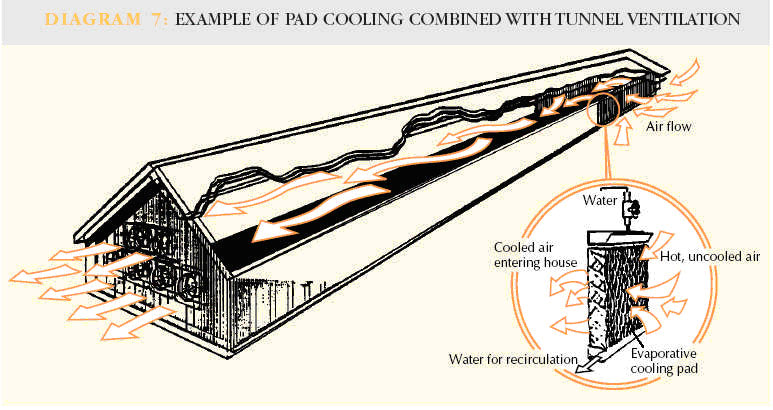
Disadvantages of Wet Litter
Wet litter has been proved to cause a number of harmful emissions and diseases in animals. In other words, the more wet the litter is, the higher are the chances for the spread of pathogenic bacteria. Furthermore, the overall broiler production is highly effectuated by the ammonia emissions which are given off as a result of the wet litter.(A part from this it also produces bad smell in chicken house) There are various farms all over the world that have suffered detrimental effects and losses caused by the ammonia emissions. Opposite to this, the litter should also not be kept as very dry, as it might lead to problems such as dehydration. In addition, wet litter might also increase the chances of breast blister.
